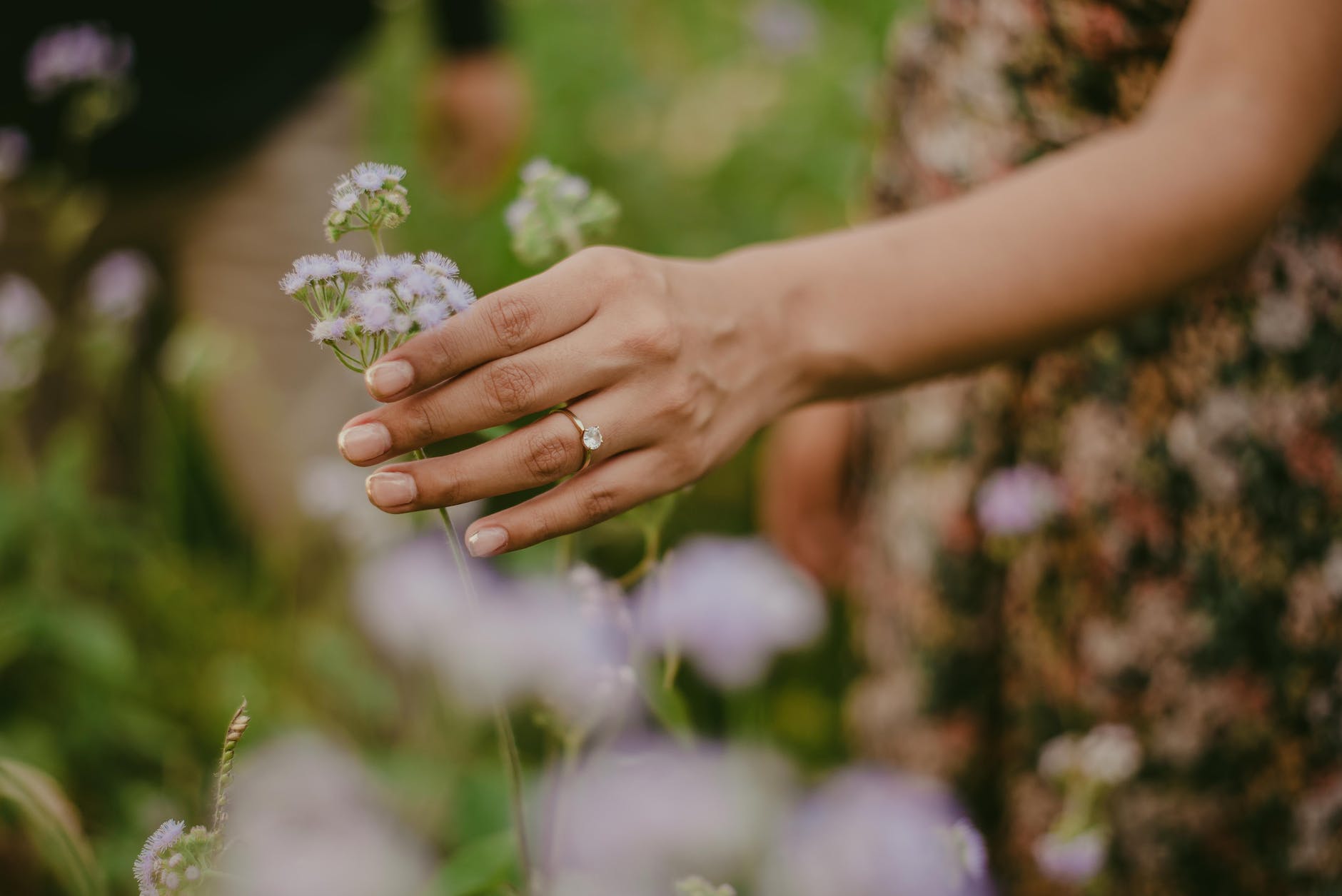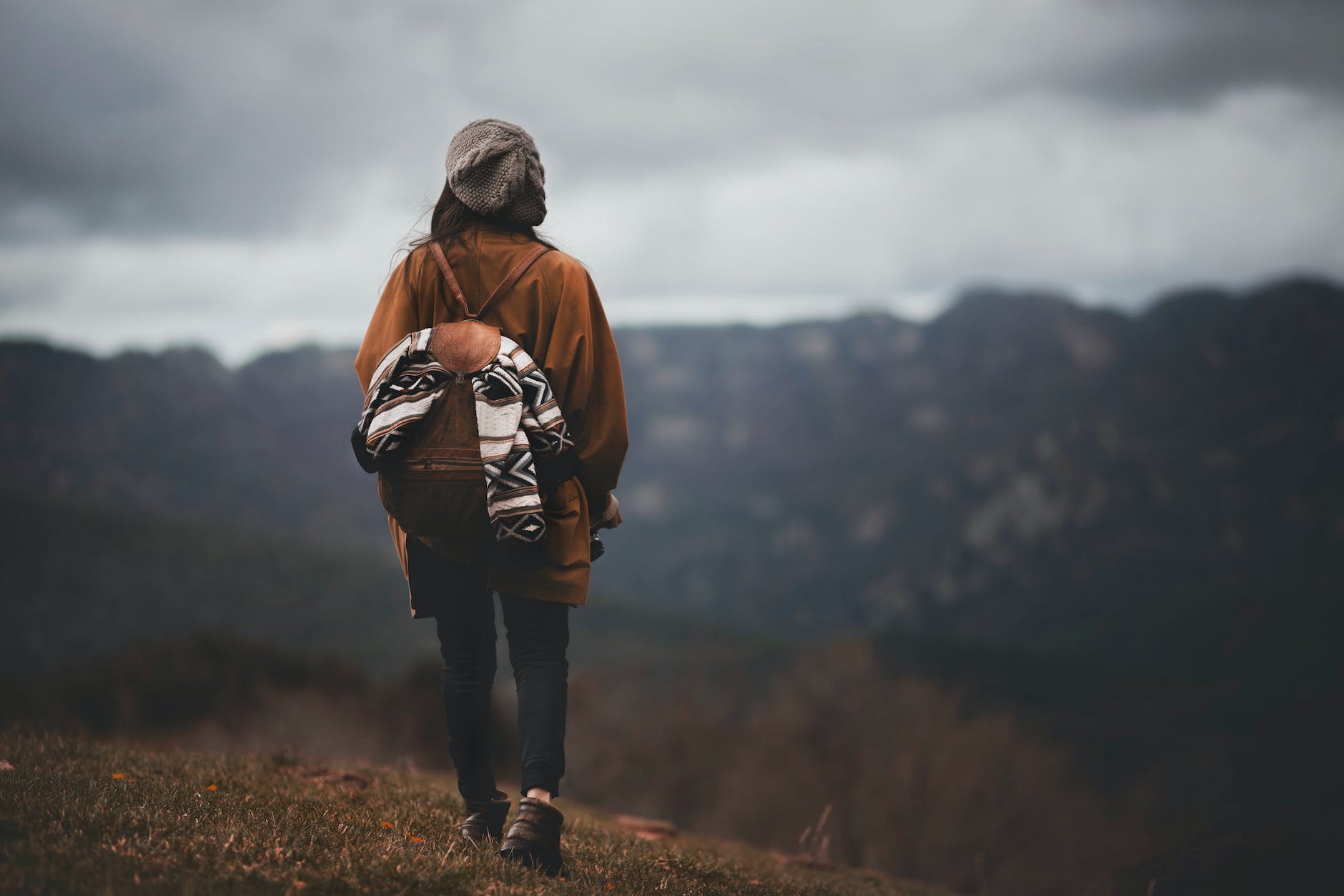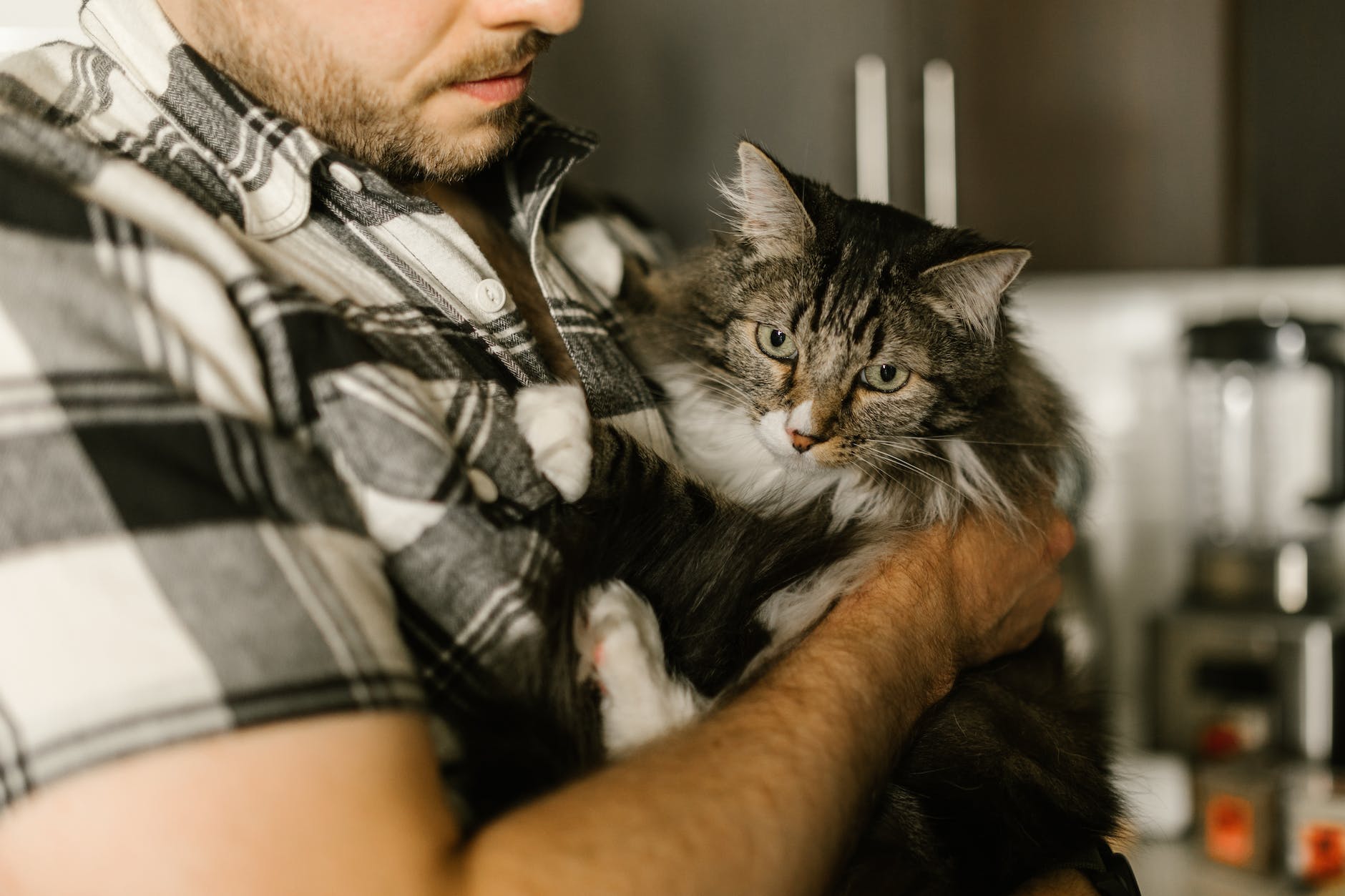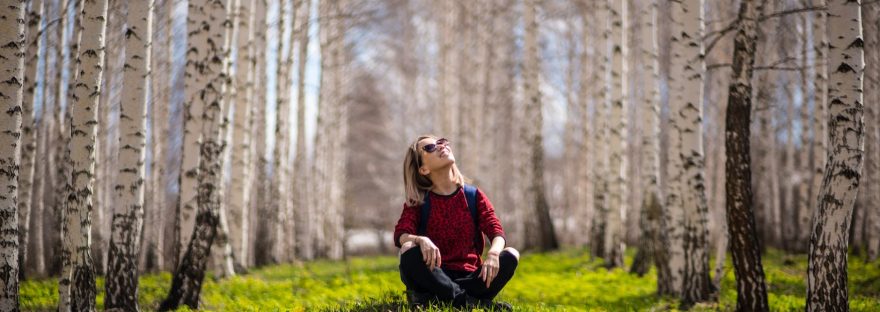I want to take a moment to talk about the importance of making time to get out into nature. I’m talking about unstructured time – being there quietly and consciously, without any other distractions. I also want to share with you my ‘hack’ for scheduling this time into my calendar. And to look at what we can do when we are there – other than simply going for a walk.
There is more and more evidence to prove that nature supports our emotional and mental wellbeing. Forest bathing, which began in Japan, has quickly spread across the world and become a widely acknowledged remedy for many mental and emotional conditions. We all know how great we feel when we get out into nature. Yet it can be so easy to let it slide. To think of it as something that is simply ‘nice to do’, rather than something that is vital for our sanity!
Many of us have dogs and they gift us with a reason to get out into nature. Every day, twice a day. But the dog walk can be reduced to simply trudging the streets, not setting foot on the earth. We might take the dog to a local park or woods, but when we take the same route every day we often stop noticing our surroundings.
The great pleasure of scheduling unstructured nature time into our lives is that we can choose a new path. Discover new places. Find places we never knew existed. Maybe leave your watch and phone behind and just wander.
Making time for ‘nature connection’

I was recently co-facilitating an outdoor course. When I wasn’t teaching, I was able to become a participant. My co-facilitator began by sending us out for ‘Sit Spot’ time – time to sit and ‘be’ quietly in nature. I found a place on the edge of a lake overlooking the water and the forest beyond. We had been asked to focus on the bird songs and to ‘map’ the birds. Noticing the different types of bird song, and tracking which direction the sounds came from. Noticing how far or close they were.
We sat for about 40 minutes, and I dropped into a peaceful space that stayed with me for the rest of the day and into the following week. It was so simple and yet so powerful.
The experience reminded me of the importance of unstructured nature time. I decided to schedule a day once a month to go out into nature and just wander. I needed to treat this day as non-negotiable. This Wandering Day had to be prioritised or it would simply just slip again. It had to be a ‘big rock’ in my busy calendar.
I realise that prioritising something like nature time can feel like a luxury rather than something essential. Life is so busy. We are dealing with a lot of challenges and there is a lot to do.
However I strongly believe that as things get busier and as life become more stressful, it vital that we balance that busyness with things that nourish us and keep us sane. Things that calm us and quieten our busy minds. That help to bring the stress levels down. Dance, yoga, meditation and nature time are all tonic for the soul.
Wandering and Curiosity

My first Wandering Day arrived. I packed my backpack with food, water, notebook, pen and binoculars. I looked for a nature reserve with a lot of trees (it was due to be hot!) and headed out.
It was the most delicious, delightful and healing day I have had in a long time. I chose a track that would take two hours to walk. In the end I walked for three hours and only covered about a quarter of the two-hour circuit! There was so much to look at and wonder about.
A colony of ants busily scurrying to and fro across the footpath. What are they doing? Where are they going? Why aren’t any of them carrying anything in either direction? A pair of squirrels in a nearby tree. Are they mother and baby? Why is the mother just lying on a branch while the baby scurries up and down the trunk? Is she letting it explore and learn about its environment? A muddy pond, not much more than a puddle, full of mayflies mating and laying eggs. Why are they linked together like that? How does their reproductive process work? Which is the male and which is the female?
Jon Young, one of my mentors, talks about ‘cultivating curiosity’. He suggests that instead of looking at something in nature, naming it and moving on, we can become curious about it. By asking questions our relationship to that animal, insect or bird, comes alive! Why is that bird behaving that way? Who lives in that tree? Why is this dragonfly moving to and fro like that? Cultivating curiosity also encourages us to get into our child-like enquiring mind, which is humbling, playful and also deeply connecting.
Nature Connection and Animal Communication

When it comes to animal communication, spending unstructured time in nature – ‘nature connection’ – supports and deepens our practice. It creates the foundation for connection. Beginning with connecting with nature and Mother Earth, we can then consciously connect with the animals, birds and insects. Once we are in connection, communication becomes much easier.
For this reason my courses always include ‘Sit Spot’ time. Using all of our senses to fully experience what is around us helps us become more deeply immersed in our surroundings. Nature connection is considered to be one of the origins of animal communication. Sit Spot time connects us with those foundations. It also provides us with much needed integration time during the course – a welcome moment to pause and reflect.
If you are interested in learning animal communication I am offering several beginners courses online this year. You can find details of these, as well as the booking links, on my workshops page.
I look forward to sharing many magical nature moments with you.
Jacqueline

